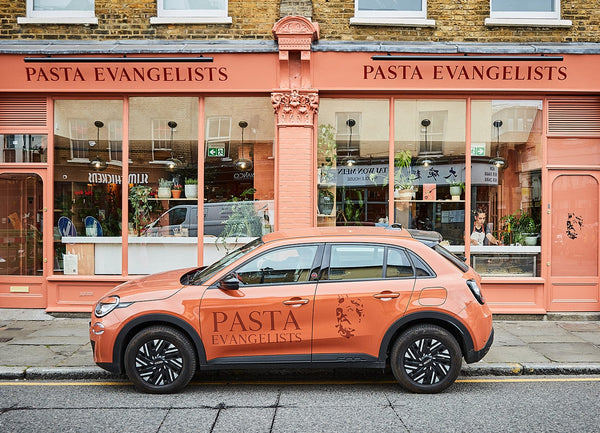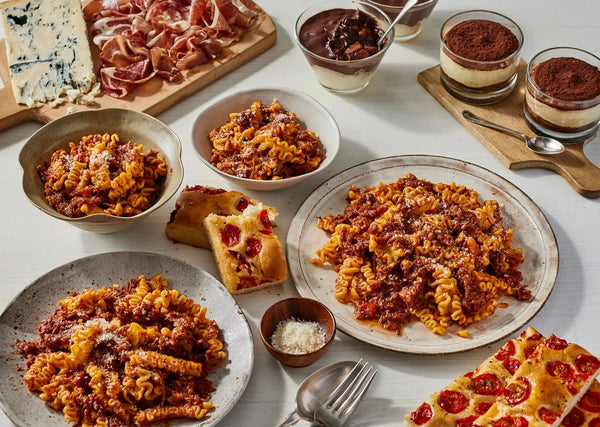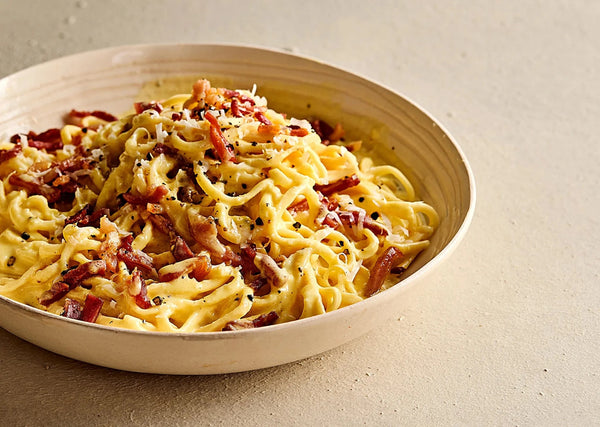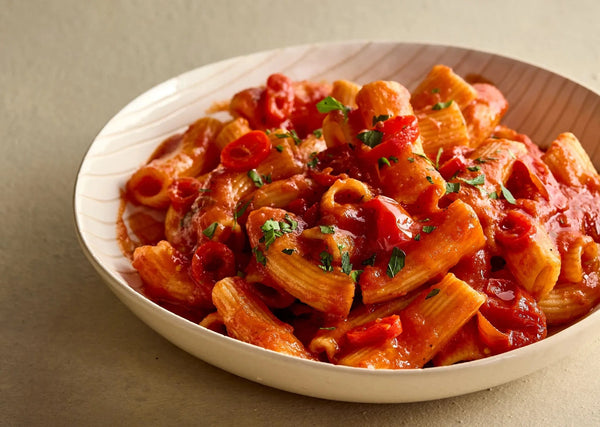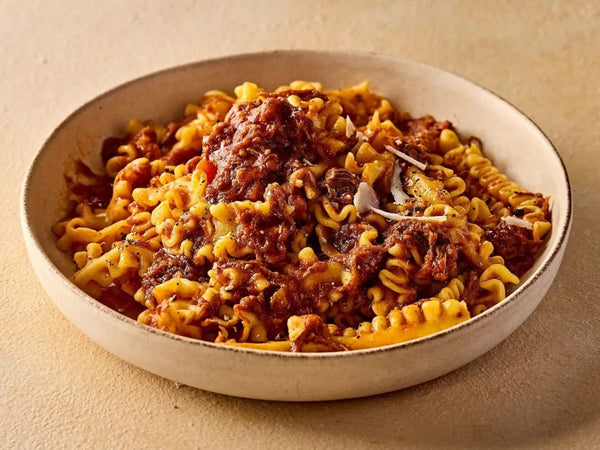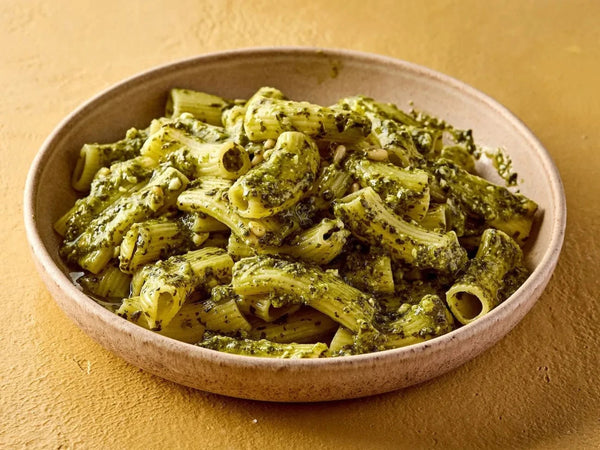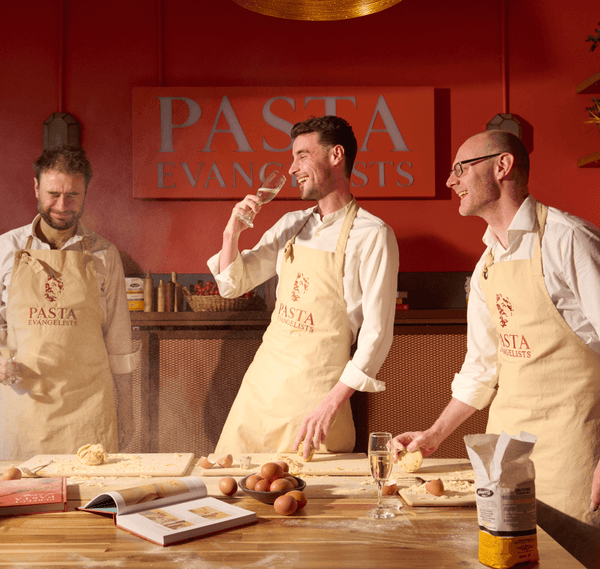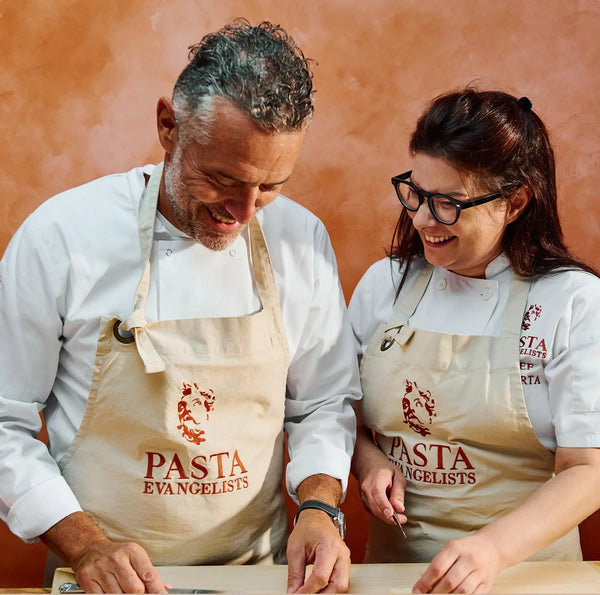We make the UK's freshest, artisan pasta
Order nowCelebrate Venetian Carnival
Discover Veneto’s rich culinary heritage with four new dishes inspired by the region, as we celebrate Venetian Carnevale.
From Verona’s romantic pink pesto to Venice’s indulgent cod ravioli, each bite tells a story of tradition and creativity.
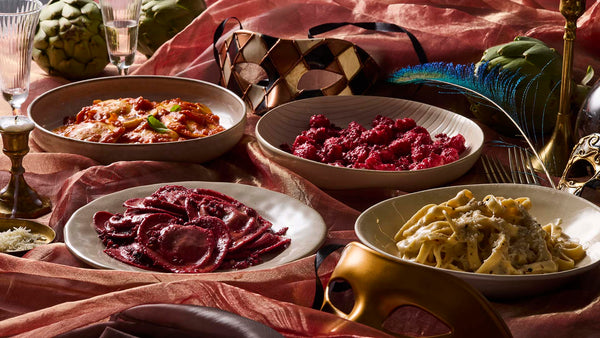
How to enjoy our fresh pasta
Dine in
Enjoy your fresh pasta at our restaurants
Collect
Order online and collect from our restaurants
Delivery
Delivered hot in 15-25 minutes
Cook at home
Easy recipe kits, next day delivery
Visit us at our locations
Join us for freshly cooked pasta, and enjoy the lovely atmosphere at our restaurants.
Stop by and see what we’ve got cooking!

Explore what's available in your area
Discover our mouth-watering fresh pasta dishes, available for delivery or as recipe kits
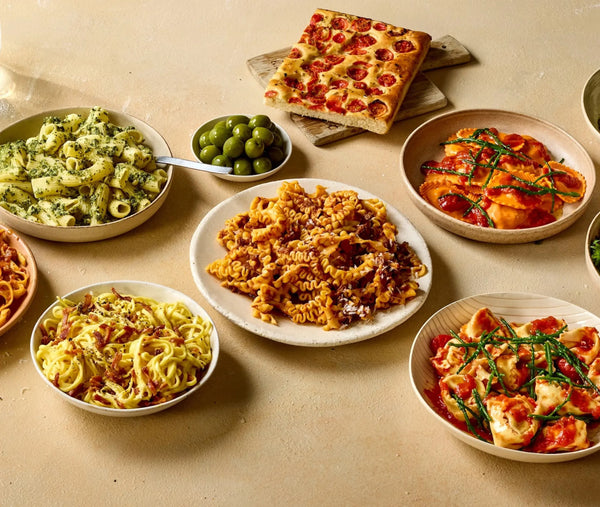
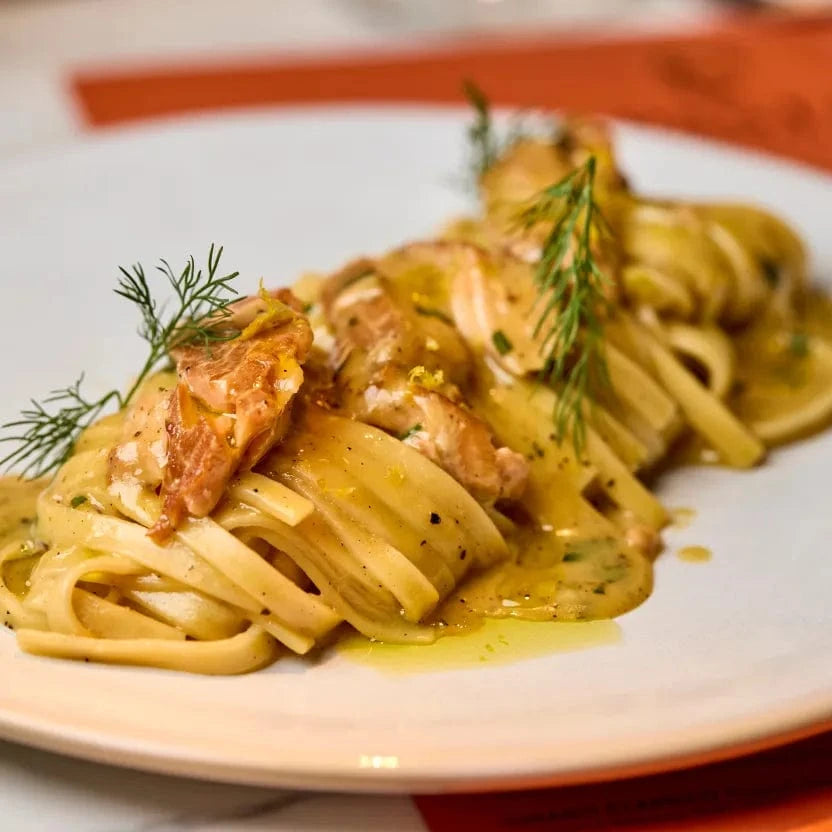
Our Harrods Pasta Bar
Visit our restaurant in the iconic Harrods department store, where we create many of our best-selling dishes.
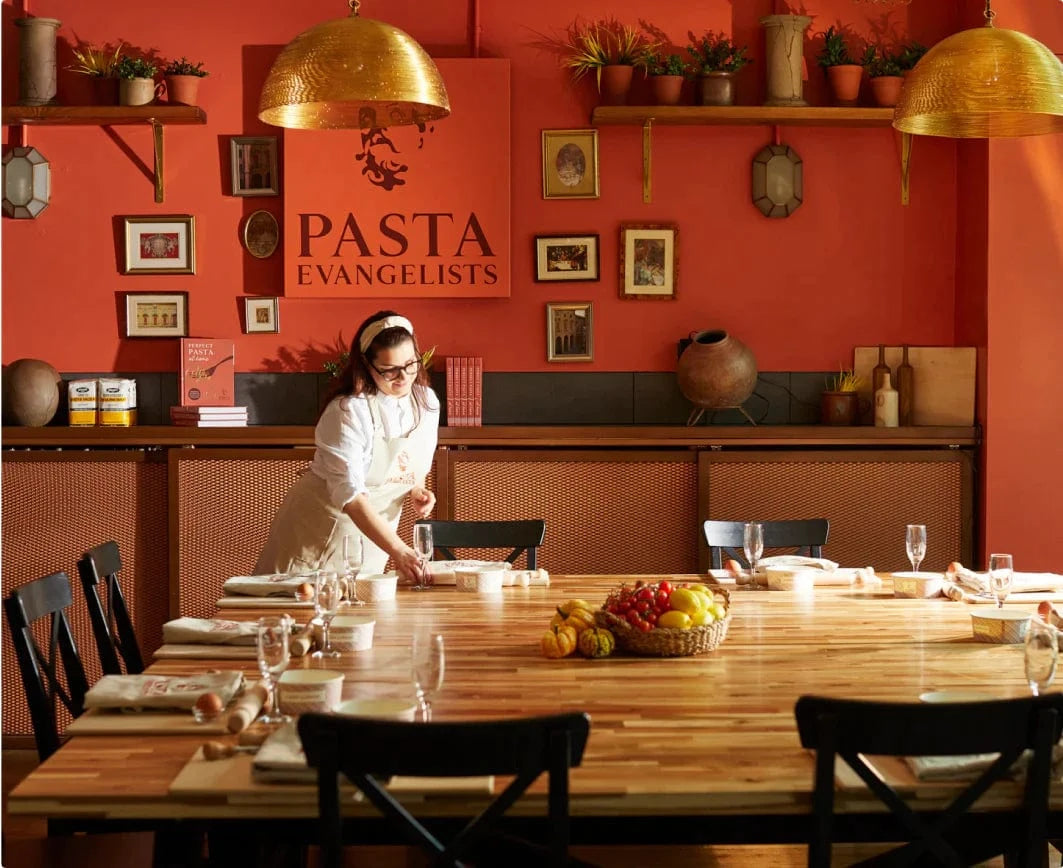
Visit our Pasta Academy
Our pasta-making classes are led by expert Italian chefs & include unlimited Prosecco.
Why you’ll love our pasta
Restaurant-quality
Our dishes are prepared by expert chefs under Executive Chef Giancarlo Perbellini.
Convenient
Tried & Trusted
We've served over 1m customers in the UK and received accolades from leading press
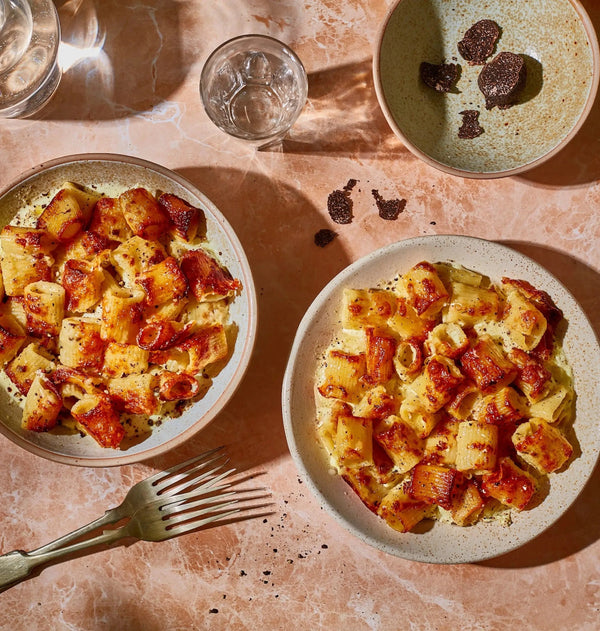
“This is pasta
elevated”
- TATLER

Join the family
Sign up for a delicious surprise in your inbox


